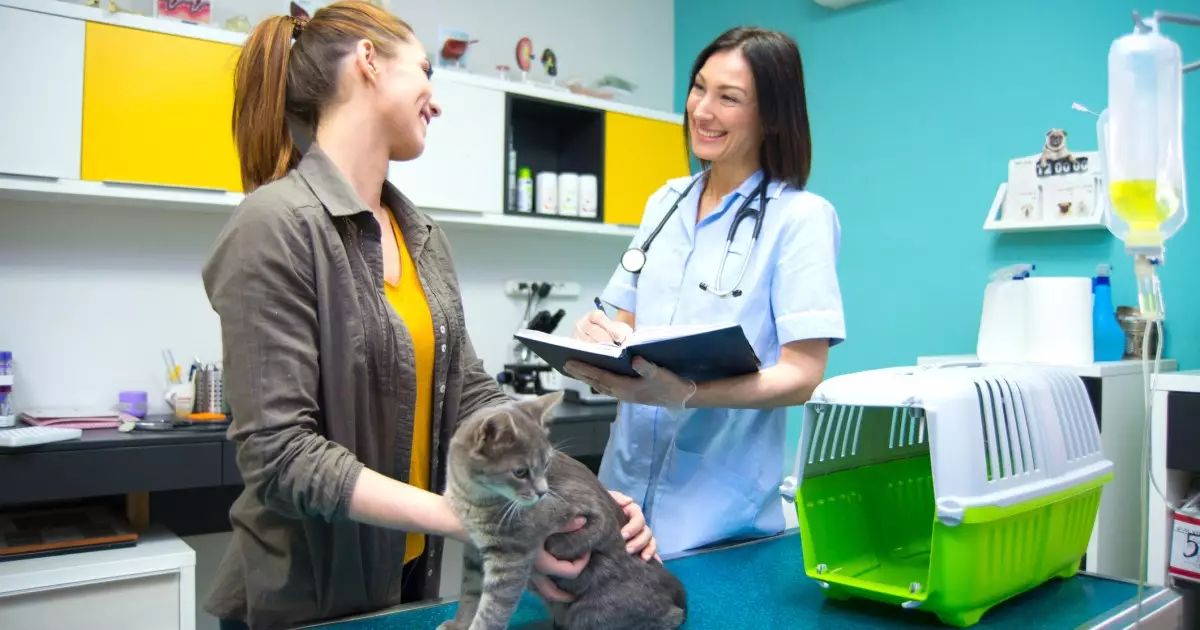As devoted pet owners, ensuring the best for our cats involves not only love and attention but also a proactive approach to their health and well-being. While the joy of owning a cat can be immeasurable, so can the financial burdens that come when unexpected medical situations arise. This is where pet insurance emerges as a crucial consideration. In this article, we delve into the world of cat insurance, highlighting its benefits, its operational dynamics, along with key considerations to keep in mind when selecting a policy for your furry friend.
A frequently posed question among cat owners is whether investing in pet insurance is truly worth it. The crux of the answer lies in the specifics of each individual cat—factors such as age, breed, and existing health conditions play significant roles in determining the feasibility of insurance. What is clear, however, is the increasing financial strain posed by veterinary care. As medical treatment costs rise, pet insurance can serve as a financial buffer, granting peace of mind in times of uncertainty. With an array of policy options available—from accident-only plans to comprehensive coverage that includes routine check-ups—cat insurance can help alleviate the stress associated with unplanned expenses.
By committing to a monthly or annual premium, cat owners can hedge against potential high costs tied to medical emergencies, thereby allowing for timely care without the fear of financial repercussions. In essence, insurance provides a safety net, empowering pet owners to make decisions based on their cat’s immediate health needs rather than their financial constraints.
Understanding the mechanics of pet insurance is paramount for prospective policyholders. Typically mirroring human health insurance models, pet insurance requires owners to pay a regular premium to gain access to a suite of coverage options. Once a policy is in place, if an unforeseen medical event occurs, the cat owner pays the veterinarian upfront. Following the treatment, owners can submit a claim to their insurance provider for reimbursement.
This claim process involves a careful review by the insurance company, which evaluates the documentation based on the terms outlined in the policy. Commonly, insurance policies will reimburse a percentage of the eligible expenses after a predetermined deductible has been met. Thus, it’s crucial for pet owners to familiarize themselves with specific policy features, including limits on coverage, the structure of deductibles, and the reimbursement rates offered.
Moreover, being cognizant of what is excluded from insurance coverage is equally important. Many plans will not cover pre-existing conditions or hereditary ailments, so knowing the limits of your selected plan is essential to avoid future complications.
Choosing the right pet insurance plan requires a thorough evaluation not only of coverage details but also financial considerations. Key factors such as monthly premiums, deductibles, and reimbursement rates should guide the decision-making process. As premium amounts can vary significantly based on factors like your cat’s breed, age, and geographical location, it is vital to assess your own financial capacity to ensure the selected plan fits within your budget.
The decision around deductibles also presents a challenging balancing act. A lower deductible often results in higher premiums, but may ultimately save money for owners who anticipate frequent vet visits. Conversely, opting for a higher deductible can reduce monthly costs, potentially leading to higher out-of-pocket expenses when care is needed.
Additionally, it is essential to evaluate the customer service quality and reliability of the insurance company. The claims process should be designed to be both straightforward and efficient. Investigating the conditions under which claims are submitted, the length of time they take to process, and required documentation can help ensure you choose a provider that minimizes stress during an already difficult situation.
Key Questions to Ask Before Buying Coverage
Before making a commitment to a pet insurance policy, it’s wise to arm yourself with the right questions. Here are some essential inquiries to consider:
1. **What constitutes a pre-existing condition?**
2. **Are breed-specific or hereditary conditions covered?**
3. **Are there any age restrictions for enrollment?**
4. **What is the waiting period before coverage begins?**
5. **What limits exist on annual or lifetime benefits?**
6. **How are premiums determined, and will they increase based on claims?**
7. **Can you choose your own veterinarian, or are you restricted to a network?**
8. **Are there additional benefits or discounts for multiple pets?**
These questions aim to clarify coverage details and provide insight into the operational integrity of the insurance provider.
Cat insurance is a valuable investment that can ease the financial burden of unexpected veterinary costs. By conducting comprehensive research, asking pertinent questions, and assessing your individual circumstances, you can select a policy tailored to your cat’s needs. While insurance cannot replace the love and care you provide, it can ensure that your beloved feline receives necessary medical attention without incurring financial distress. In the world of pet ownership, being prepared is crucial; therefore, making an informed decision about cat insurance is a major step toward a healthier future for your furry companion.


Leave a Reply